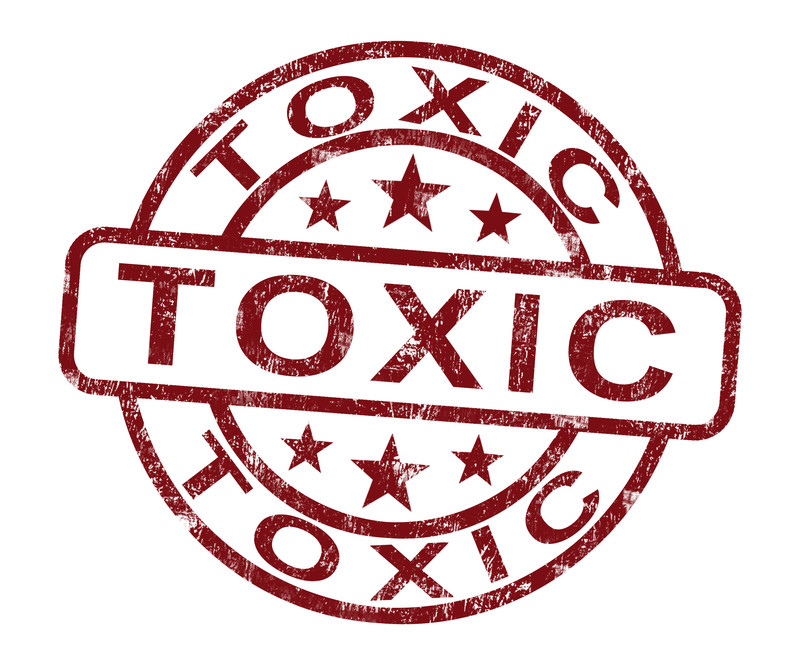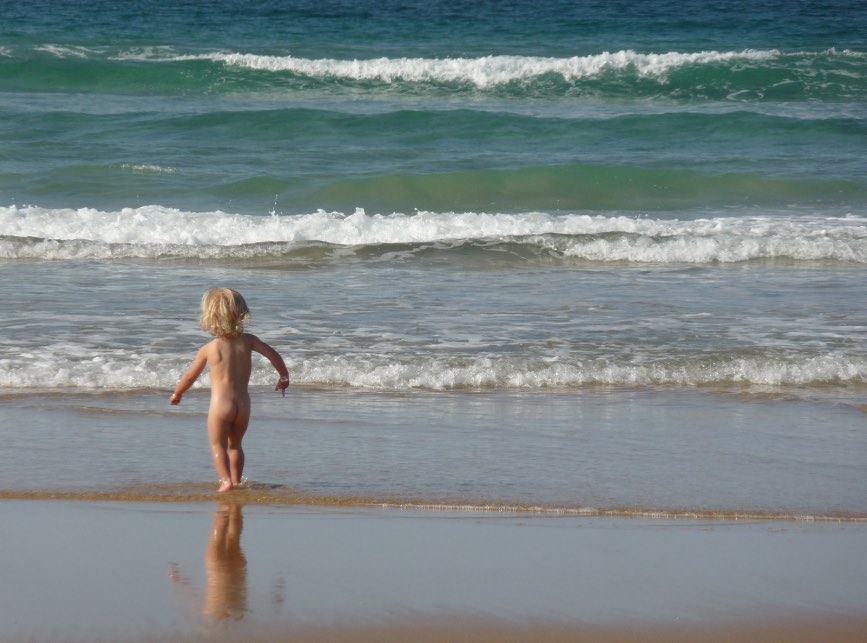How to choose the best sunblock for children
When looking for a sunblock for children remember this vital aspect: Children are exposed to UV rays 3 times more than adults due to the sensitivity of their skin.
So, I highly recommend you get to know what ingredients and qualities to look for in your chosen sunblocks.
This has really stuck in my mind and I relate it mostly to the fact that their skin is just so much more delicate and "non-hardened" by weather or the atmosphere! It's delicate, soft, pure and sensitive. This of course places them at a far higher risk of sun damage.
Best sunblock for children: Physical vs chemical
Firstly, choosing a physical or mineral sunblock for children that is free of chemicals is generally the best start. Ie. One that is made with either zinc oxide and/or titanium dioxide. These ingredients 'block' the sun's rays, hence called 'sunblock', rather than absorb the sun's rays, as with chemical based 'sunscreens'.
They also provide excellent protection against both UVA and UVB rays and not just UVB rays as with most chemical sunscreen ingredients. Otherwise known as "broad-spectrum", it is vitally important to make sure you get both UVA and UVB protection. Without high UVA protection, the UVB rays are able to do deeper damage.
Zinc oxide specifically, is much gentler on a child's skin and therefore less likely to cause irritation or negative allergic reactions.
Sunblocks that contain Parsol 1789 (also known as avobenzone) is a chemical sunblock that tends to irritate young skin and may be something you'll want to avoid.
Chemical sunscreens may cause an irritation or allergic reaction because the skin absorbs the active ingredients. Zinc oxide and titanium dioxide sit on top of the skin however, forming a physical barrier against the sun's UV rays.
However, if concerned about really sensitive skin, extra things to look for are a hypoallergenic and fragrance free labels.
Sunblock for children younger than 6 months
 Child loving the beach with lots clothing protection
Child loving the beach with lots clothing protectionIf your child is a baby younger than 6 months, please try and keep them out of the sun altogether if possible. Their skin is just too sensitive and they also run the risk of getting heat stroke. And take note, that even dark skinned babies can get their skin burnt.
If it is not practical to keep them out of the sun, protect them with clothing or wraps. Then make sure you use loads of sunblock to protect any areas of skin that is unprotected, like their face, hands, feet or the back of the neck. Your baby's beautiful young skin will bless you for it.
But preferably get your doctor to approve your sunscreen first.
Healthy Children recommends using sunscreen with the sun protection ingredient zinc oxide only. No titanium dioxide and definitely no chemical sunscreens.
Sunblock for children excluding chemicals

Besides increasing evidence that chemical sunscreens are toxic or even quite dangerous, there is not yet enough information about how young children will react to these ingredients.
Also, part of the protection process for chemical sunscreens is that must absorb into the skin to be effective. This in itself is worrying as their skins are so delicate and not able to defend themselves from the toxicity of chemicals. Also, typically they take about 20 - 30 minutes to absorb into the skin before being effective. Zinc oxide sunscreen remains on the skin and starts protecting the skin as soon as you put the sunscreen on.
If you do decide to use a chemical-based sunscreen for some reason, or your child has a known sensitive skin, perform a skin patch test at least a day before going into the sun. This can be done by applying a small amount of the sunblock to the inside of the upper arm of your child. If any rash or redness develops by the end of the day, don't use it and obtain a real sunblock for children
UVB protection is certified with a sun protection factor (SPF) and should be at least 15. Higher than SPF30 is not actually that much more beneficial. You essentially get smaller and smaller amounts of added protection with each level increase. Examples... SPF30 provides 97% protection, SPF60 98% and SPF100 99%. However, in a chemical sunscreen this means a higher dose of unwanted chemicals!
Sunblock for children - 2 Important Notes for parents
- Teach your children healthy sun practices and give them a very important gift.
On average, 50% - 80% of your children's lifetime sun exposure will be reached before they turn 18. In addition to teaching your children about the benefits of using sunblock, also show them how to apply it. Give them a chance to learn how to do it themselves (if they are of the right age to do so and won't eat it!) and remind them of the importance of reapplication.As your kids get older, they will retain this information, which will build good sun care habits to keep them safe well into adulthood. - Assess the ingredients.
Young sensitive skins will absorb nasty chemicals that much more readily, so try to avoid them. While assessing the ingredients for chemical vs physical/mineral, try and look for a sunblock for children that is 100% natural and has additional organic ingredients.
The amount of chemicals your child will be exposed to in their lifetime will create enough of a health challenge for them, so the less you smother toxic sunscreen all over their skin, the better.
Another aspect you may notice is that many so-called sunblocks for children are usually not different at all in ingredients from the adult versions.
5 Recommendations for Application of sunblocks for children
Be generous
The one thing too many people make the mistake of doing is not putting enough sunblock on. Applying a good layer on every exposed part of your child's skin will ensure far more efficient protection.
Remember those often forgotten parts
The prominent parts that are exposed more to the sun are the ears, nose, back of the neck, and shoulders. Make sure these are well covered. It's crazy how often these are the forgotten parts.
Smooth application
A sunblock for children that applies smoothly and easily helps a lot here! But although they apply with greater practical ease, avoid sunscreen sprays due to the potential of inhalation as well as possibly being a fire hazard.
Reapply, reapply, reapply
The really important thing to remember is to reapply the sunscreen at least every 2 hours that you may be out in the sunshine or sooner if swimming or toweling off.
Water-resistance vs water-proof
Waterproof labeling is very misleading as there are none that are completely waterproof. Rather go for sunblock claiming to be water resistant as they are less likely to have toxic ingredients and you will then make sure to reapply often. Don't trust a label that promises to protect for eight hours, especially where youngsters are concerned as they are always so active.
Summary
Buy a sunblock for children that:
- contains Zinc Oxide and/or Titanium Dioxide
- provides high UVA and UVB protection
- has an SPF of at least 30
- is natural and has additional organic ingredients
- is water resistant or sweat resistant
- is hypoallergenic and fragrance free, especially if your child has sensitive skin
- is easily spreadable, but not a spray or a powder
References
American Academy of Pediatrics, Ultraviolet Light: A Hazard to Children, Pediatrics,1999:104: 328-333





New! Comments
Have your say... please leave me a comment in the box below.